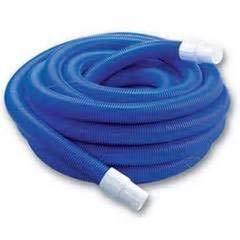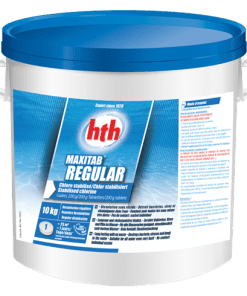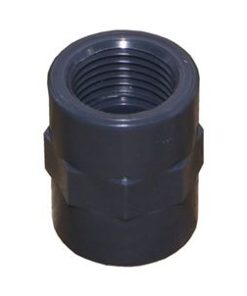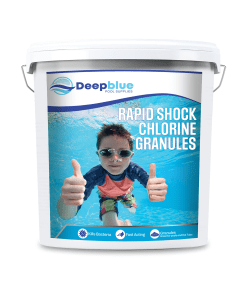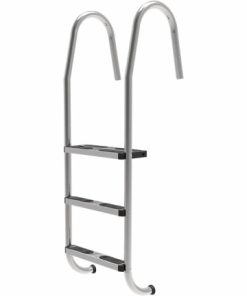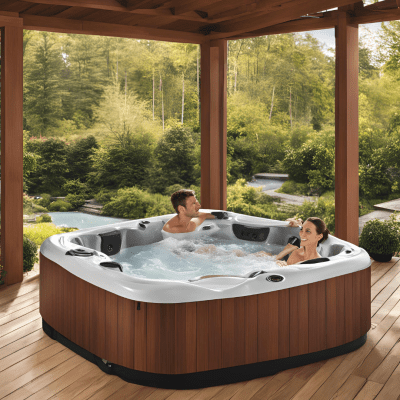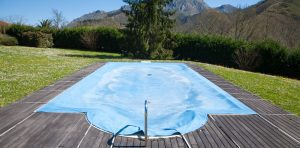Hottub, Swimming Pool
The Hidden Dangers Lurking in Your Spa Pool: Legionella and Beyond
The Hidden Dangers Lurking in Your Spa Pool: Legionella and Beyond
The unseen threats that exist in your spa pool remain unknown to you. Spa pools provide relaxation but users should be aware that these spaces can host dangerous bacteria alongside infectious agents when maintenance standards are not followed. Spa-pool systems operate as known disease sources that transmit infectious agents including the Legionella pneumophila pathogen according to the Health and Safety Executive (HSE) document [1]. Thorough and regular maintenance becomes essential for health and safety because it goes beyond basic hygiene practices.
The main threat emerges from Legionella pneumophila which causes Legionnaires’ disease [2]. The bacteria Legionella pneumophila finds its optimal breeding environment in stagnant water that stays warm. Bacteria types Pseudomonas aeruginosa and various environmental mycobacteria also lead to infectious diseases [2]. The microorganisms enter the environment through the wider space and water source as well as through bathers’ presence [3].
Why are spa pools particularly susceptible? Several factors contribute to the risk. Spa pools require maintenance between 20–45 °C temperatures which support bacterial growth according to [2] and [4]. Water agitation produces aerosols that contain bacteria which can enter the lungs when people inhale these tiny droplets [4]. The high bather-to-water ratio in spa pools allows bacteria to feed on the organic matter that bathers bring including sweat and skin and hair [5]. The document highlights that “spas require constant effort to disinfect their water due to the elevated organic matter content” [4].
You can protect your family through regular water testing combined with proper disinfection and complete cleaning. Knowledge of potential dangers leads to the establishment of safer spa facilities. A spa should function as a place of relaxation rather than become an environment where health dangers exist.
FAQs
What is Legionella pneumophila?
The bacterium Legionella pneumophila causes Legionnaires’ disease which develops into severe pneumonia according to [1]. The bacterium thrives in warm water systems including spa pools.
Other than Legionella what bacteria typically exist in spa pools?
Pseudomonas aeruginosa and environmental mycobacteria join Legionella as common bacteria that lead to skin and respiratory infections according to [2].
Through which mechanisms do these bacteria transmit within spa pool environments?
The agitation of water produces aerosols which are small water droplets that become airborne and lead to bacterial transmission through inhalation [4].
The conditions that allow microbial growth to thrive in spa pool environments extend from 20–45 °C water temperature and contain nutrients from spa users.
How do you minimize the chances of infection within your spa pool?
Proper water testing together with appropriate disinfection methods and complete cleaning and balanced water chemistry maintenance will reduce infection risks according to [4].


